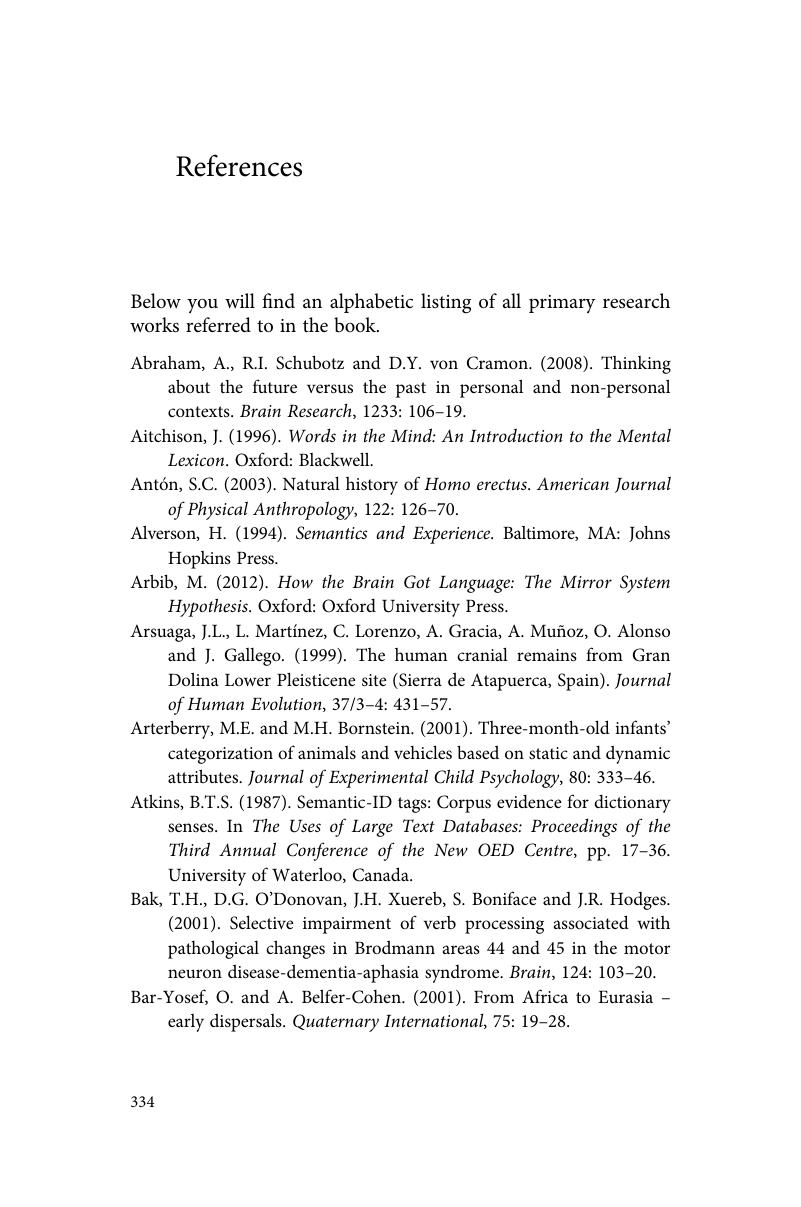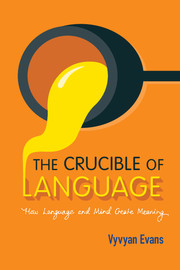References
Published online by Cambridge University Press: 05 November 2015
Summary

- Type
- Chapter
- Information
- The Crucible of LanguageHow Language and Mind Create Meaning, pp. 334 - 355Publisher: Cambridge University PressPrint publication year: 2015



